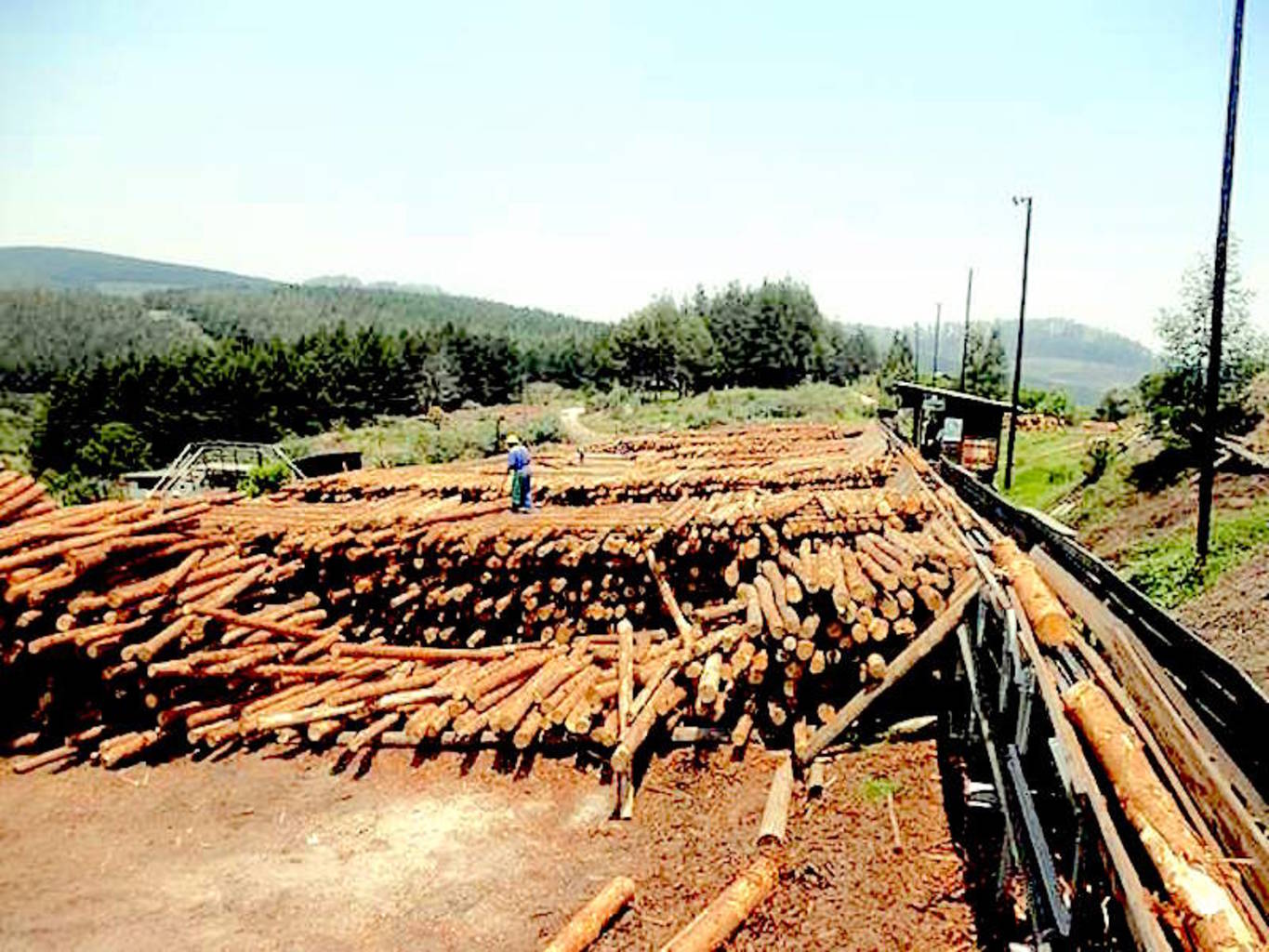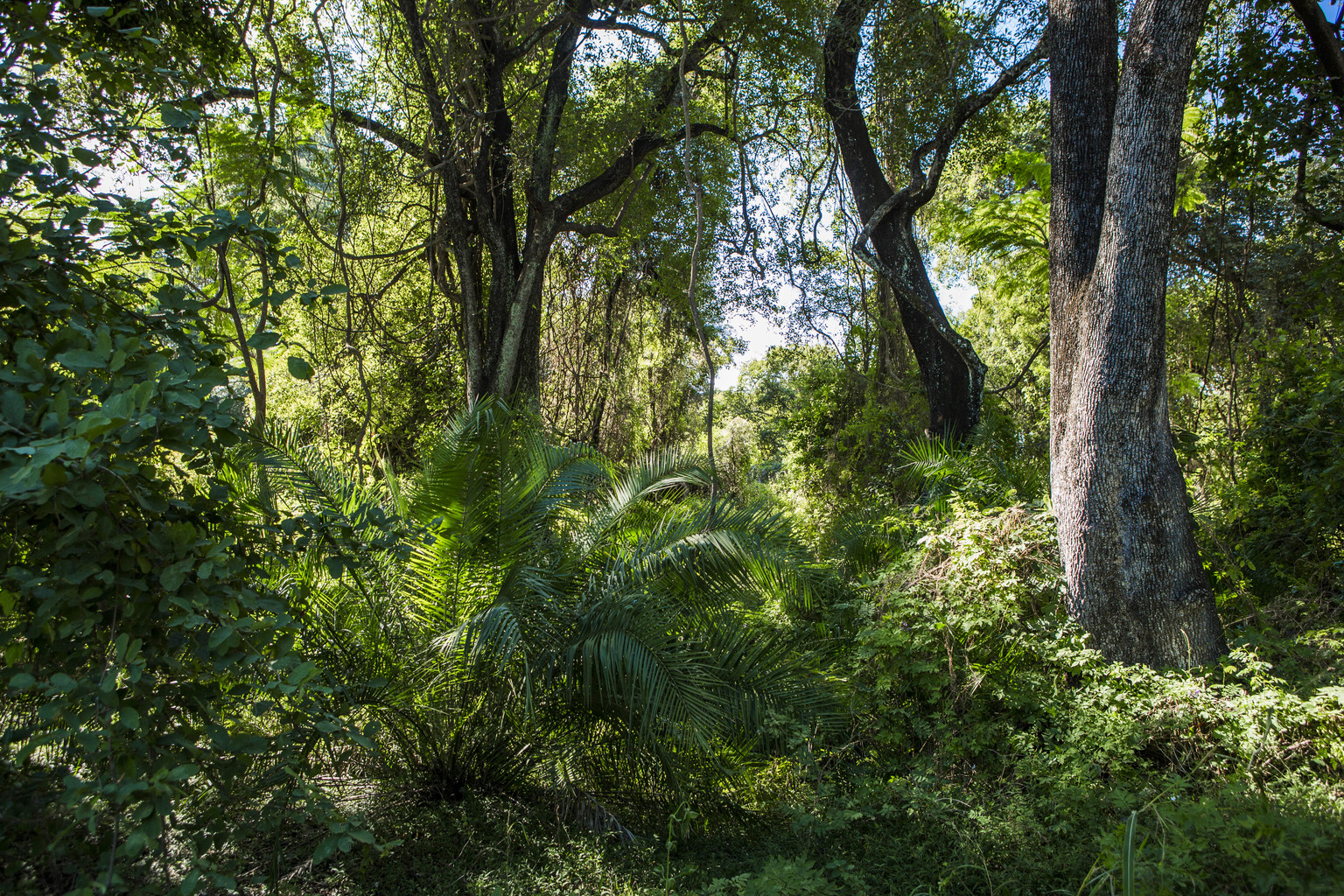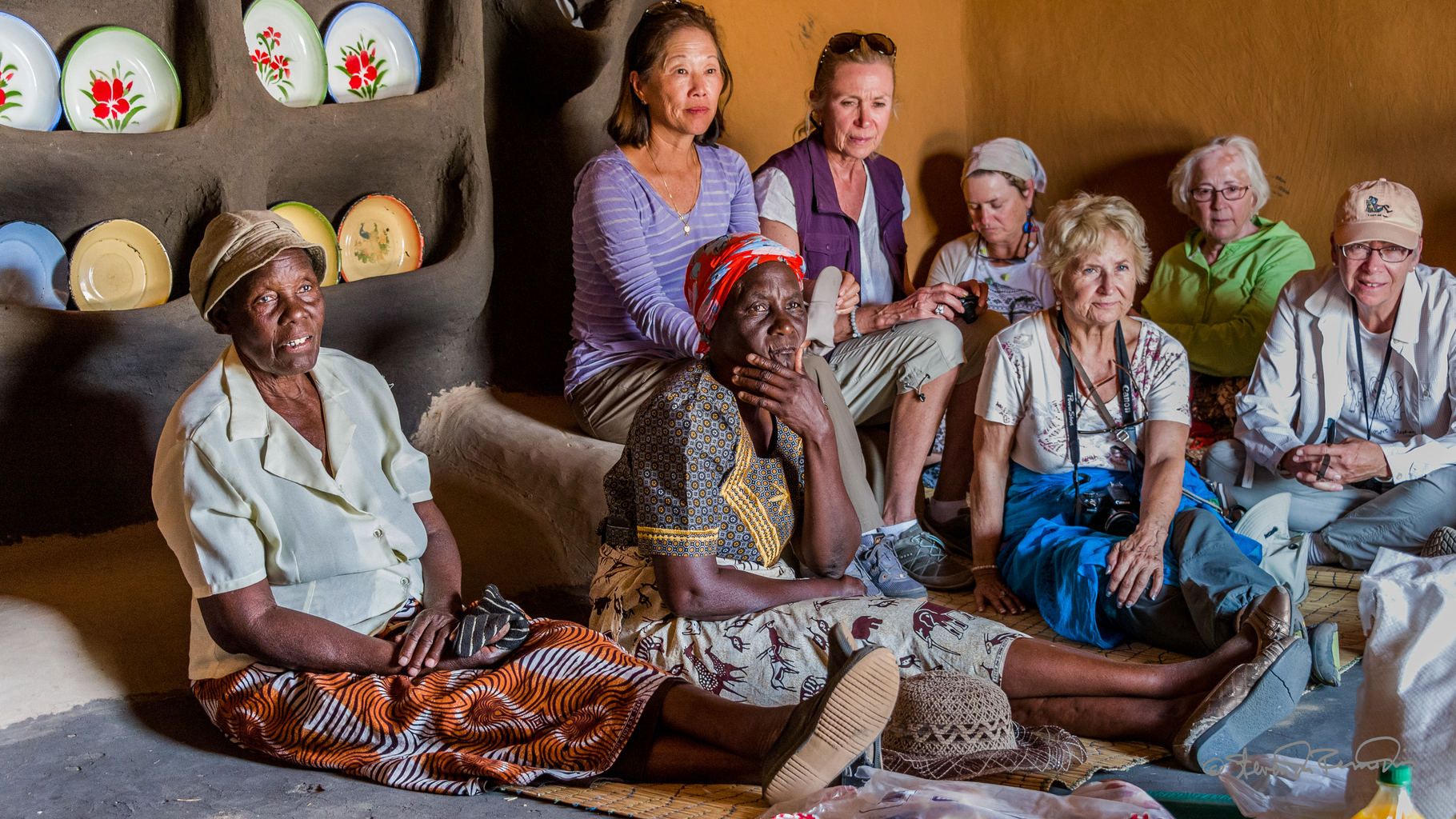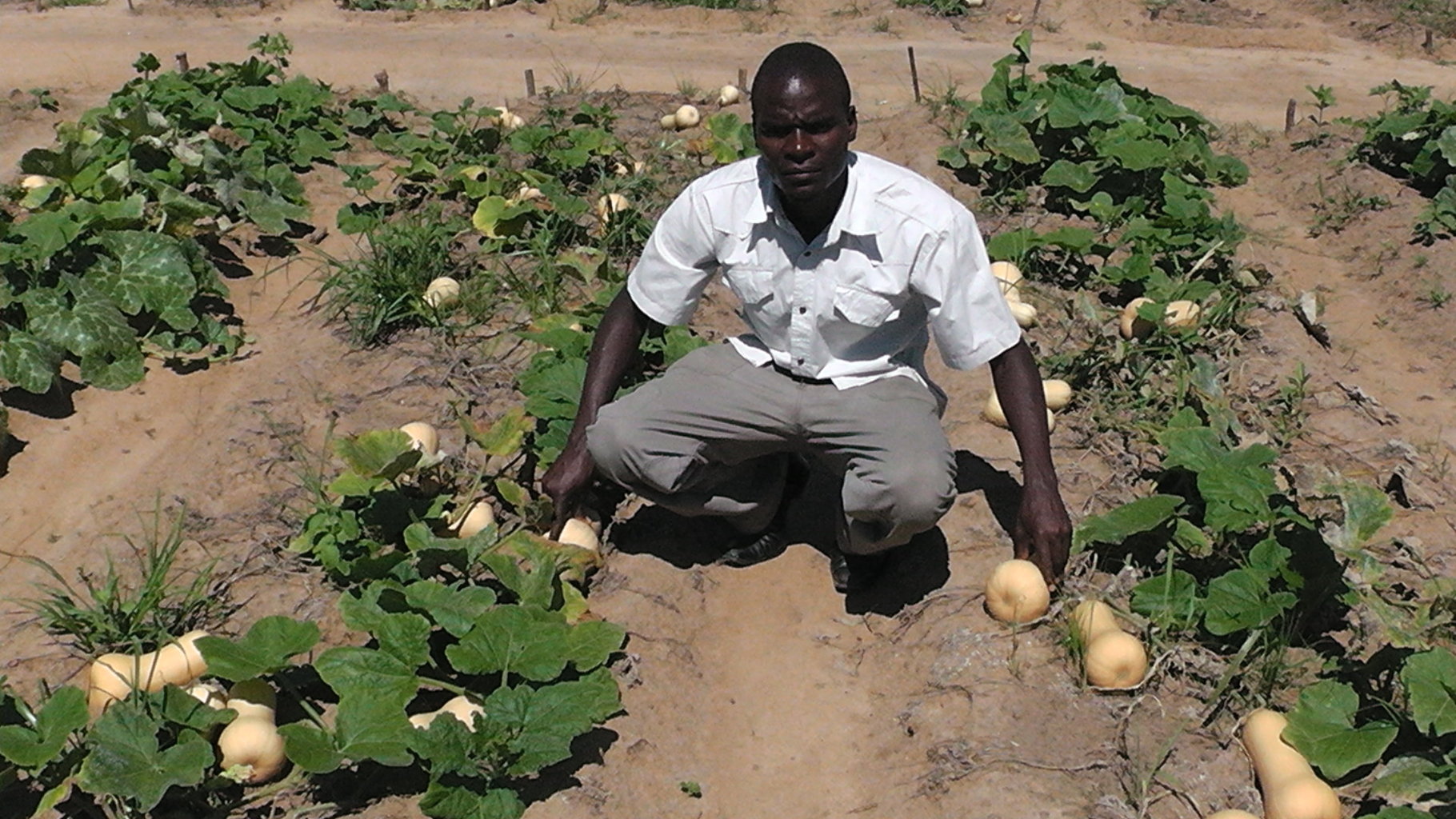Published on 3/6/2016
Project Issue
The project attempts to investigate, through analysis and intervention, how poverty can be alleviated and environmental goods and services can be maintained. The main environmental goods and services are surface and groundwater, grazing resources and woodland products.
Project Description
The work was conducted in two small catchments in Chivi District, southeast Zimbabwe. The area is typical of a huge swathe of land in Africa – dry lands with nutrient-poor soils. Miombo woodland, an extensive vegetation type in south central Africa, covers the hills. Water in wells and dams is used for small-scale irrigation. The people living in the area conduct a diverse range of activities, including dry land cropping, raising livestock, gardening, harvesting and use of a diversity of forest products. Remittances from outside the area are crucial to livelihoods.
Physical, financial, human and natural capital assets of households are severely constrained. Poverty is widespread, with 70 to 90 percent of households falling below the poverty datum line (depending on what criteria are used). Woodland continues to be removed or degraded and biodiversity is threatened through clearing for agriculture and exploitation of forest products (fire wood, construction wood, wood for carving and medicinal plants). Subsistence harvesting and heavy grazing of livestock also have negative impacts. In most cases the threats arise from local people themselves, but given their needs they have little choice but to over-exploit. In addition, the institutional arrangements for managing the common pool resources are not favorable.
Aspects of Ecosystem Approach
An integrated research and development approach was adopted, with a full spectrum of disciplines (hydrology, ecology, sociology, anthropology, community mobilization, economics and agriculture). A wide variety of methods and tools were used, including participatory appraisal, action research, income and expenditure surveys, remote sensing, hydrological monitoring and modeling, and systems analysis. Two community facilitators lived in the study area for over two years.
Action research was conducted on tree/woodland management, micro-credit, soil and water conservation, garden expansion and crafting new governance arrangements at the district and community levels. Much of the biophysical work focused on hydrology, supplemented by biophysical surveys of geology, vegetation, soils, land cover change, agricultural practices and cattle population dynamics. The first hydrological measurements began in 1992 and continue to this day.
| Principles and Operational Guidance | Relevance Score |
|---|---|
| Principle 1: The objectives of management of land, water and living resources are a matter of societal choices | 1 - Low |
| Principle 2: Management should be decentralized to the lowest appropriate level | 3 - High |
| Principle 3: Ecosystem managers should consider the effects (actual or potential) of their activities on adjacent and other ecosystems | 1 - Low |
| Principle 4: Recognizing potential gains from management, there is usually a need to understand and manage the ecosystem in an economic context | 1 - Low |
Lessons Learned
Stakeholder engagement, participatory research and action research are not easy to achieve, even with good intentions and excellent facilitators. Natural resources are not just there to be managed. They represent a significant source of power for various stakeholders. Institutional change is at the core of natural resource management, but institutional change is slow, incremental and open to power politics and corruption. Local political processes proved a significant driver of change, but they were difficult to influence.
The problem of the ‘project’ as the mode of operation is clearly revealed in the subsequent analyses. Being outside the mainstream of government has the advantages that bureaucratic inertia is not an excessive obstacle, but the ‘project’ is too narrowly defined and is much more difficult to scale up even if it is locally successful. Success took the form of creating conditions so that local people could innovate.
Outside advisers and scientists enriched the pool of ideas and facilitated social learning, but did not deliver technological packages. In spite of resources and a committed and experienced team of implementers (with a relatively good understanding of the principles of integrated natural resource management) success can be highly elusive. First, the problems of poverty are immense and will not be solved by natural resource management alone.
Second, national politics changed to the point where community empowerment was seen as being anti-government (in many places the state is unwilling to devolve power). Third, with the collapse of the national economy, the potential for poverty alleviation at the local level became even more difficult, given the huge importance of remittances in maintaining livelihoods. This caused a shift towards exploiting woodlands for short-term gain. Thus an approach, such as the EA, is only a part of the broader picture needed for success. Objectives have to be realistic, especially regarding the speed and extent of change.
Conclusions
Specific impacts include improving the functioning of local committees that have natural resource jurisdiction, initiating change in a dysfunctional bylaw system and doubling the size of the community gardens in a sustainable manner. Unfortunately, in 2002 the project had to be abandoned because of the worsening political crisis in Zimbabwe. Even so, we conclude that technical and institutional interventions can enhance safety nets, but do little to significantly reduce poverty.
Managing common pool resources and affecting the institutional changes involve considerable transaction costs that people may not be able to sustain. Poverty alleviation in semi-arid regions distant from large markets is exceptionally difficult, requiring more integrated, longer-term, and multi-level set of interventions. A primary objective should be to empower people to drive their own development.
2016: Celebrating Biodiversity










